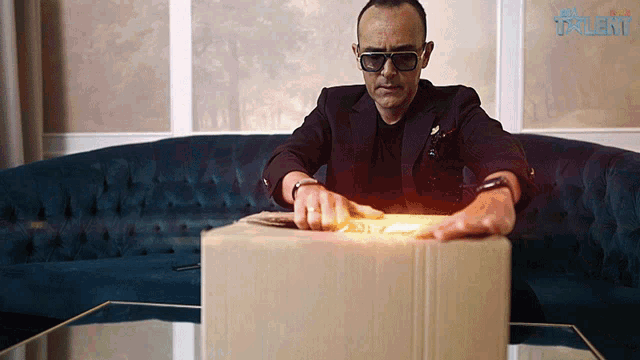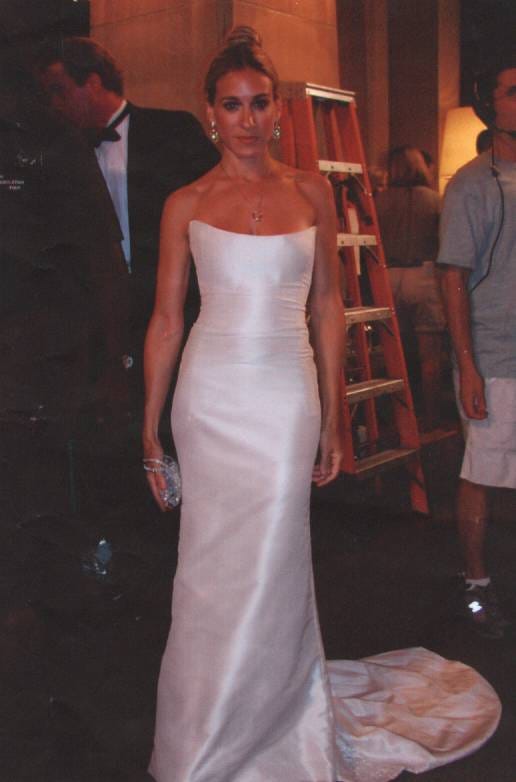How unique is your product?
Sometimes it's not a good thing...
I recently did a talk for the United States Patent & Trademark Organization, or the USPTO (my favorite of all government agencies), about the benefits of protecting your product and or handbag or if it really needs to be protected. We got on the topic of patents (design and utility), of which I have several, and trademarks (again, I am a collector of those too) - but my story with my Yasmena handbag with my patents was both a blessing and a curse.
I was an early adopter of IP with handbags of my generation. I created a unique handbag that was a wallet-wristlet fusion, and I had the instinct to try to protect the design with a design patent, not the actual functionality, in layman’s terms. (For more on the differences of design vs. utility patents, check this out. As I need to state, I am not a lawyer and cannot give legal advice—everything else here is my opinion based on my experience.) Speaking about uniqueness is another topic of discussion.
Considering I wasn’t trained in design, what I created, which I learned years later, was an “item,” not so much a handbag. Yes, it was worn on your hand (literally) and held the essentials of a purse, so technically, it was a handbag. However, it required an explanation and would not sell unless I was there to demonstrate the “how-to” of it all. That is the long story short. I hung my hat on the fact that I invented the ultimate going-out bag, that there was no more dancing around your bags on the floor or your bag was in your way when you were having a drink, and that you were free not to have a purse banging on your hip when you walked. I was successful, to a point.
With my own hustle and dog-and-pony show, my bags would sell. I could convince a buyer, a customer, and even a handbag brand to license the design. That’s the dream of anyone who invents or creates a product—to have someone license it, which is basically having them “rent” the design from you and pay you a fee or royalty for it. Ironically, what I teach my students is that if you don’t see something out there that is so obvious that should have been invented or created, it’s probably for a good reason: either it’s been done and failed, or it’s just too difficult to take it to market.
In my case, my barriers to entry were something I couldn’t have even imagined.
No buyer could decide which department I was part of (sorry to end in a preposition - a real pet peeve of mine)
My product was so unique that they didn’t know if it was to be in the evening bag department, the wallet display, or the general handbag floor. My suggestions and advice weren’t considered because it wasn’t my job, nor was I working there to understand the inner workings of a department store.
My handbag was too challenging to display
My handbag needed a T-stand or a hand mannequin display to demonstrate its purpose and how to be worn. This meant I had to purchase the displays/mannequin hands, negotiate for space, or risk having it lay flat and look like a fancy pouch bag with an extra finger loop. As a new brand and designer, that was an additional cost and expense that would impact my bottom line of profit.
Unless I was there or had a press boost, my bags didn’t sell
I did more “meet the designer” events than I can share. I went to every single concert I could find and sold my bags outside; I traveled with a duffle from store to store and did what felt like hundreds of shopping party events at friends and friends of friends ’ homes to try and educate my potential customers. I went to department stores before they opened to try and teach the floor staff the benefits of my bag and why it’s a worthy purchase.
You might say, “I am exhausted just reading this,” and yes, I am. However, my takeaways are that I became an expert in handbags, handbag sales, and how to market an item that it’s impossible to sell. I also can give my advice to designers who are considering a patent for their ‘build a better mousetrap’ concept for a handbag when I can’t tell you how many designers have tried to add in light for the inside of the bag (which has been done before) add-in technology for phone charging (too costly since phones change too often, also an airplane risk for catching fire) or even another version of my Yasmena bag.
That said, I can’t be the one to tell you to invent or not to invent - that is your question to answer. I can tell you to do as much homework as possible, research the public domain of the USPTO for past patents, and check your budget to see if you can afford an IP attorney and patent, which will run you a minimum of $7000 to start.
So, if you are interested, read this post more than once and email me if you want to talk more. Better yet, take my Handbag Designer 101 Masterclass and save yourself the time and money of learning the hard way, as I did.






Great information!!!! invaluable in this business--thank you for writing about such pertinent subjects in our fab handbag world!!!!
This article could not have come at a better time… I am standing on the threshold of launching a fashion accessory, or rather an item after 20+ years of research, if you call prototyping/ making, using, gifting, presenting ((to manufacturers, retailers, infomercial creators[before the internet an content creation was a thing] etc…)while doing my best to protect my IP. This item is super simple and cheap to make, speaks to a huge demographic (12-99 yo females) and I am facing the same challenges as far as patenting, marketing and placement. I am under the impression that concepts are not patentable unless you have created a material you have used to create it and only then you can patent the material; I.e. Spandex or Latex, etc. I can copyright it and trademark it, but can’t really protect the actual idea. I intend to flood social media and other markets illustrating how to use this item, because, like you said, it needs to be shown for the success of the sale. My concern moving forward with my launch is because of how simple and easy it is to produce, another brand with money and recognition already established will see my item and manufacture it and bring it to market. I am in a precarious spot, but know it is time to bring this item to my demographic. They will wonder how they ever lived without it once introduced and I can build upon this item in several ways once established.
Please advise Emily. I have been an admirer of yours since discovering handbag designer 101 and believe timing is everything. Seeing this article waiting for me in my inbox today is one more sign from the universe that now is my time.
Thank you-
Savana Loring